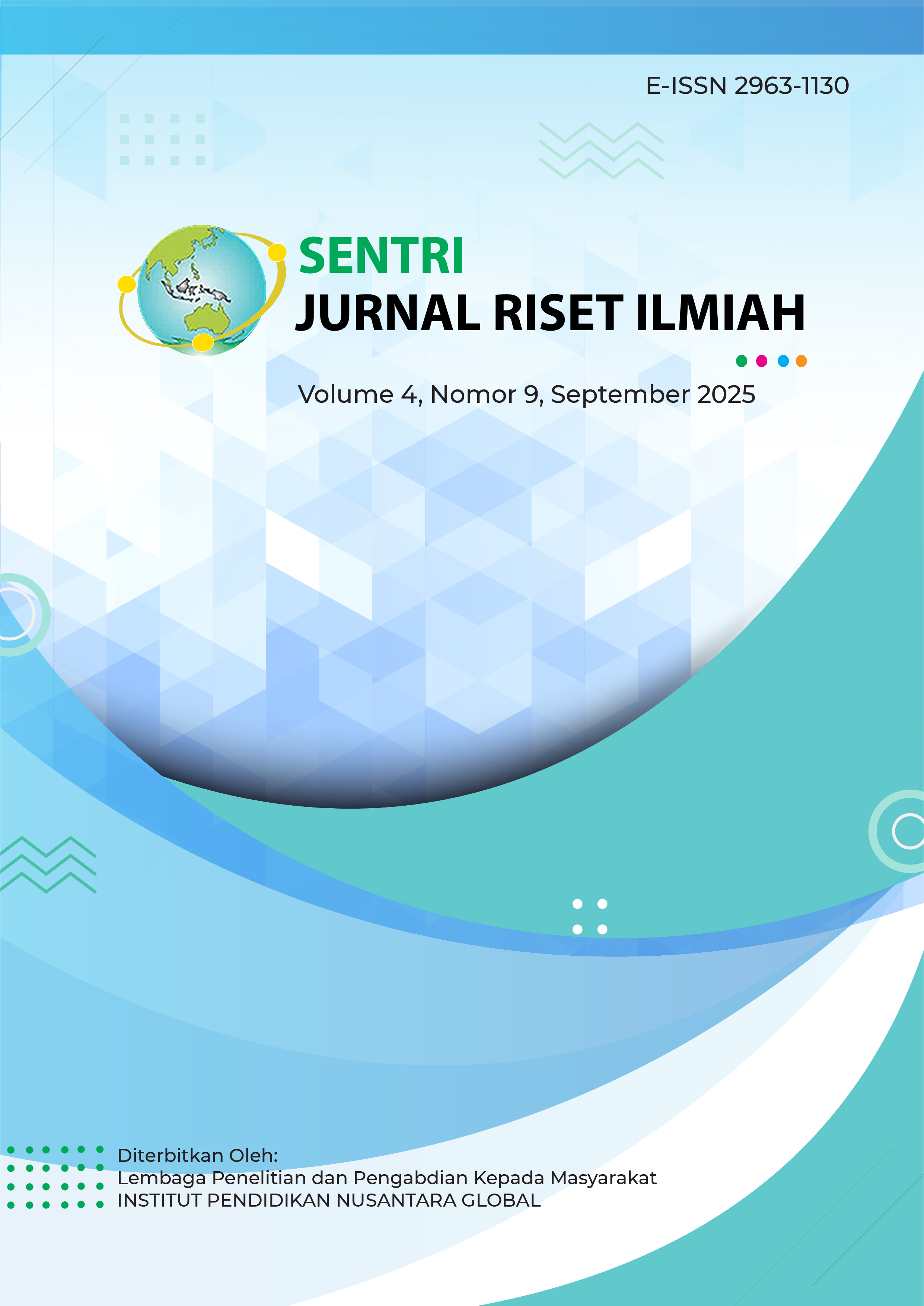Analisis Media Komunikasi pada Pasangan Long Distance Relationship (LDR) Beda Negara
DOI:
https://doi.org/10.55681/sentri.v4i9.4540Keywords:
long-distance relationship, digital media, interpersonal communication, WhatsApp, InstagramAbstract
This study explores the role of digital communication media in sustaining long-distance romantic relationships (LDR) between partners residing in different countries. Using a qualitative descriptive approach, data were collected through in-depth interviews and participant observations involving individuals who have experienced cross-national LDRs for extended periods. The findings reveal that platforms such as WhatsApp and Instagram play a central role in maintaining emotional intimacy, fostering trust, and facilitating regular day-to-day interactions despite geographical separation. These digital tools enable couples to share real-time updates, express affection, and maintain a sense of presence in each other's lives. However, several challenges persist, including frequent miscommunication due to message ambiguity, time-zone differences that disrupt synchronous communication, and cultural barriers that may lead to misunderstandings or mismatched expectations. The study further shows that the effective use of communication strategies, such as creating structured schedules for video calls, maintaining openness, practicing active listening, and engaging in mutual self-disclosure, helps reduce uncertainty and increase relationship satisfaction. These strategies foster a sense of emotional security and contribute to greater relational stability. In addition, the role of digital media extends beyond communication by acting as a symbolic space for connection and shared meaning. Overall, the findings underscore the crucial importance of intentional and adaptive communication in addressing emotional, temporal, and cultural gaps within cross-national LDRs, and highlight the evolving function of digital media as a sustaining force in modern romantic relationships.
Downloads
References
Altman, I., & Taylor, D. (1973). Social Penetration: The Development of Interpersonal Relationships. Holt, Rinehart & Winston.
Berger, C. R., & Calabrese, R. J. (1975). Some explorations in initial interaction and beyond: Toward a developmental theory of interpersonal communication. Human Communication Research, 1(2), 99–112.
Kelmer, G., Rhoades, G., Stanley, S., & Markman, H. (2022). Long-distance relationships: Communication, satisfaction, and stability. Journal of Social and Personal Relationships, 39(4), 512–529.
Lee, L. A., & Sbarra, D. A. (2019). Communication, miscommunication, and relationship outcomes in long-distance partnerships. Personal Relationships, 26(3), 421–439.
Ling, R., & Lai, C. (2020). Digital communication and intimacy in global relationships. Journal of Communication Studies, 45(3), 221–235.
Miles, M. B., & Huberman, A. M. (1994). Qualitative Data Analysis: An Expanded Sourcebook. Sage.
Park, Y., & Cameron, J. (2021). Interpersonal communication in long-distance romantic relationships: Managing relational maintenance. Journal of Interpersonal Communication Research, 12(1), 14–28.
Silviana, D. A. (2020). Komunikasi interpersonal pada pasangan LDR melalui media digital. Jurnal Ilmu Komunikasi, 8(2), 55–68.
Spitzberg, B. H., & Cupach, W. R. (2014). Interpersonal Communication Competence. Sage.
Usmany, A. H. (2021). Komunikasi antarpribadi pasangan LDR melalui WhatsApp. Jurnal Komunikasi, 15(1), 12–25.
Valkenburg, P. M., & Peter, J. (2009). Social consequences of the Internet for adolescents: A decade of research. Current Directions in Psychological Science, 18(1), 1–5.
Wood, J. (2016). Interpersonal Communication: Everyday Encounters. Cengage Learning.
Downloads
Published
How to Cite
Issue
Section
License
Copyright (c) 2025 Ni Putu Yunita Anggreswari, Ikmal Zulkha

This work is licensed under a Creative Commons Attribution-ShareAlike 4.0 International License.









